This 'SAP Ariba Quote' Isn't What It Seems—It's Ransomware
NetmanageIT OpenCTI - opencti.netmanageit.com

SUMMARY :
A sophisticated ransomware campaign has been uncovered, masquerading as a new SAP Ariba tool. The attack uses email lures, sender spoofing, and impersonation of legitimate software vendors to deliver LeeMe Ransomware. The malware employs SAP branding, a fake GUI, and a Portuguese ransom note. It targets various file types using AES-256 encryption and includes keylogging and data exfiltration capabilities. The ransomware creates autorun entries, bypasses Windows Defender, and sets up remote access. With a relatively low ransom demand, it appears to be a widespread campaign rather than targeting high-value individuals. The attack serves as a reminder of the importance of user vigilance and proper cybersecurity measures.
OPENCTI LABELS :
keylogger,phishing,social engineering,ransomware,data exfiltration,encryption,bitcoin,sap ariba,leeme ransomware
AI COMMENTARY :
1. In the digital arena of enterprise procurement, a new threat has emerged under the guise of an authentic SAP Ariba quote. Cybercriminals have crafted a malicious campaign that pretends to deliver a cutting-edge SAP Ariba tool but in reality deploys LeeMe Ransomware. This deceptive approach combines social engineering and phishing tactics to trick unsuspecting users into believing they are interacting with a legitimate software vendor, exemplifying how threat actors exploit corporate branding to lend credibility to their schemes.
2. The ransomware campaign begins with an email lure that spoofs familiar senders, effectively bypassing initial scrutiny. Attackers leverage keylogger payloads embedded within the malicious attachment, enabling them to harvest credentials and other sensitive information. By impersonating trusted vendors and mimicking official communication, the threat actors exploit human vulnerability, a core principle of social engineering, to deliver the ransomware executable onto target systems.
3. Once activated, LeeMe Ransomware imitates SAP branding through a fake graphical user interface designed to mislead victims into thinking they are engaging with legitimate software functionality. Behind this façade, the malware creates autorun entries for persistence, disables Windows Defender to evade detection, and establishes remote access channels. These capabilities allow it to remain hidden, continuously monitor user activity, and prepare for further data exfiltration efforts.
4. The core malicious action involves AES-256 encryption of a wide array of file types, from documents and databases to images and archives. Upon encryption, the ransomware drops a ransom note written in Portuguese, demanding payment in bitcoin. Despite the relatively low ransom demand, the threat is far from trivial; the combination of robust encryption, keylogging, and data exfiltration capabilities multiplies the risk to organizations, threatening not only data loss but also potential privacy breaches and reputational damage.
5. Indicators of compromise include unexpected autorun entries, disabled security suites, and anomalous network connections to remote command-and-control servers. Organizations can defend against this attack by enforcing email authentication protocols, maintaining up-to-date security software, conducting regular backups, and training employees to recognize phishing and social engineering attempts. Network segmentation and least-privilege access policies further limit the impact of any successful breach.
6. The discovery of this widespread LeeMe Ransomware campaign serves as a stark reminder of the evolving threat landscape. Vigilance, combined with a layered cybersecurity strategy, is essential to counter sophisticated ransomware attacks. By understanding these techniques and implementing proper defenses, organizations can mitigate risk, protect critical assets, and uphold the integrity of their procurement and business operations.
OPEN NETMANAGEIT OPENCTI REPORT LINK!
Use public read only username and password on login page.
NOTE : Use Public READ only user credentials on login page banner.
This 'SAP Ariba Quote' Isn't What It Seems—It's Ransomware


